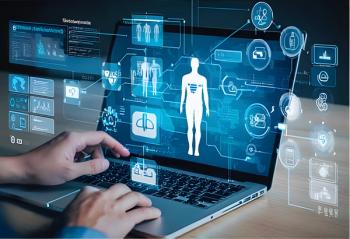
Using EHR Data for Clinical Transformation
A newly released HIMSS survey, commissioned by McKesson, reveals that a large number of healthcare organizations, through the combined use of EHRs and other assessment tools, are not achieving their goal of “clinical transformation.”
Practices are getting tech-savvier by the minute, adopting EHRs at a growing rate. But for those who have started using technological means gather clinical data, to what extent are they using that data to improve patient care?
A newly released
“There’s a tsunami of data that comes at you faster than you can get out of its way,” Deborah Bulger, executive director of product management with McKesson’s Health Systems Performance Management division, tells Physicians Practice. “But when it comes down to utilizing it, they don’t necessarily have the best data warehouse tools to use that data. Most organizations say it’s hard to pull that data into a single source to analyze it.”
It should be noted that although most of the 175 participants in the survey were part of hospitals and larger healthcare organizations that employ CIOs, the data reflects what is going on at practices too, says Bulger. This is especially because purchasing technological analytics tools is a greater financial challenge for smaller practices.
That being said, we’re seeing some encouraging signs that practices, like their gigantic healthcare system counterparts, are starting to think beyond Stage 1 and CMS’ meaningful use initiative to actually using EHRs to improve patient outcomes.
One recent report from Better Health Greater Cleveland, a healthcare alliance,
What’s more,
Will these trends hold true for other patients with common primary diagnoses treated by EHR-toting physicians?
We’ll keep you posted as other reports come in.
Newsletter
Optimize your practice with the Physicians Practice newsletter, offering management pearls, leadership tips, and business strategies tailored for practice administrators and physicians of any specialty.








